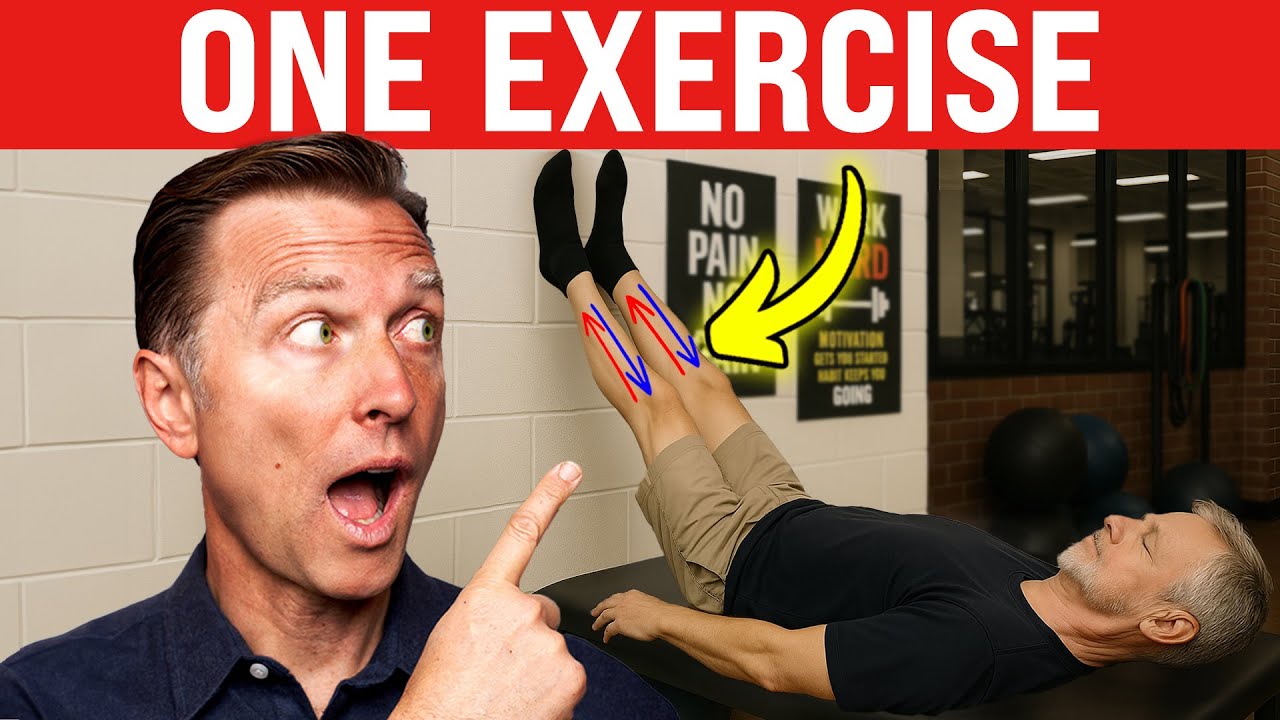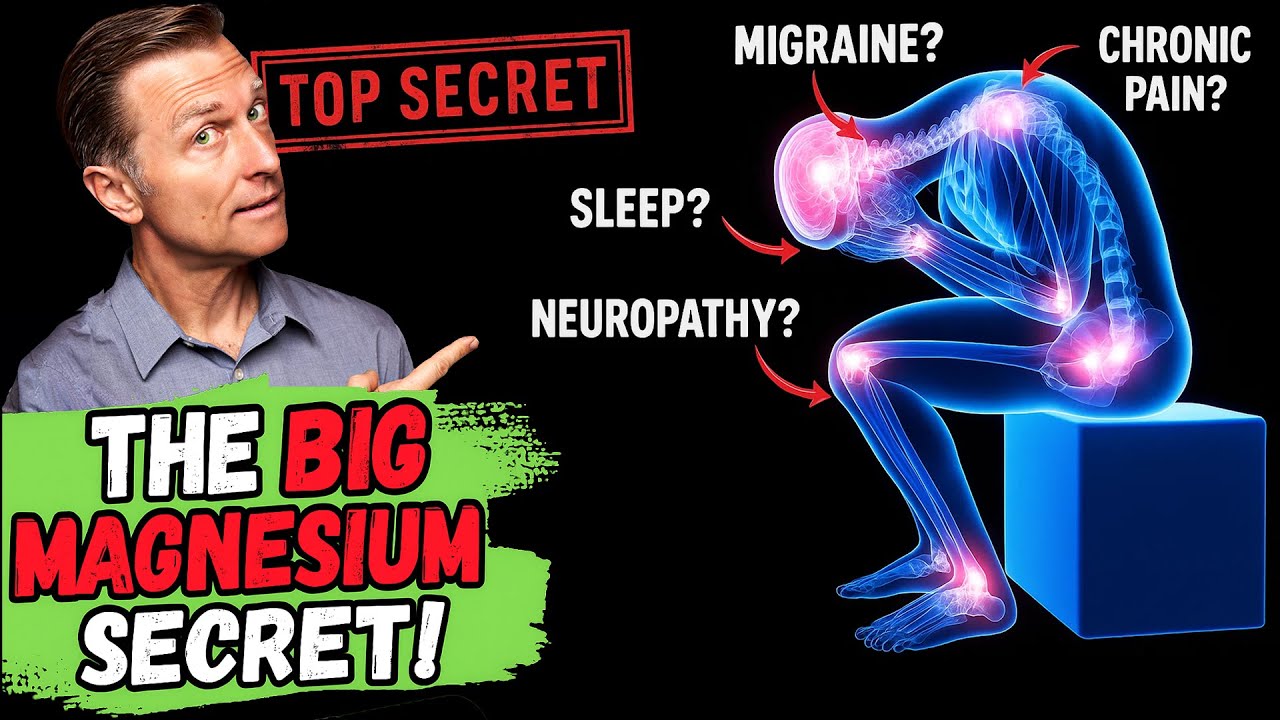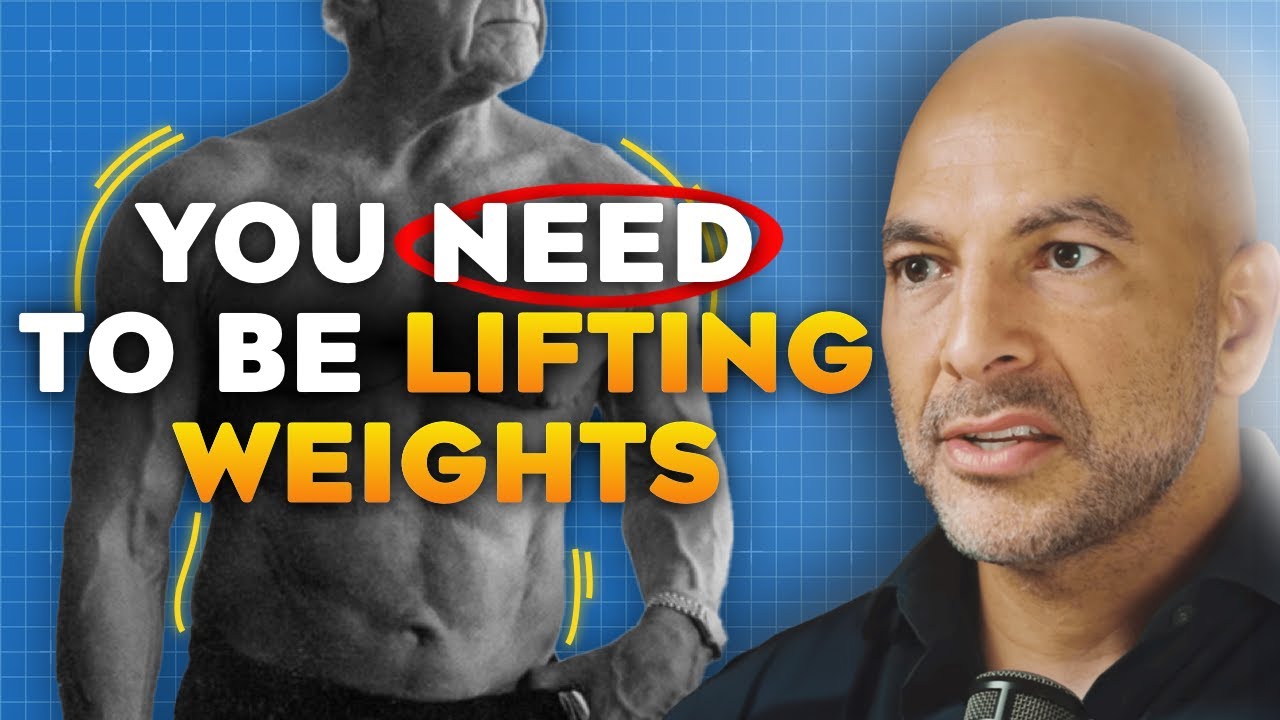Circulation is at the core of vibrant health, yet it’s often overlooked until symptoms like swelling, pain, numbness, or cold feet appear—especially in the lower legs and feet. If you’ve ever experienced leg cramps, ankle swelling, or sluggish blood flow, you’re not alone. Millions of Americans deal with poor circulation daily, often without fully understanding what’s behind it—or how to fix it without prescription drugs.
While we’re taught that the heart is the sole pump driving our circulation, newer scientific insights suggest the system is far more dynamic. This article explores how to naturally improve blood flow through your legs and feet by supporting your vascular system with evidence-based nutrition, simple daily habits, and functional movement.

Is the Heart the Only Driver of Circulation?
Traditionally, we’ve believed the heart functions like a mechanical pump, pushing blood through a network of arteries and veins. But emerging research, including that presented in Understanding the Heart by Dr. Steven Hussey, challenges this one-dimensional view.
In nature, trees transport water from their roots to their leaves—without a heart. They do this through capillary action, electrical energy, and structural water dynamics. Our bodies, as living ecosystems, may utilize similar mechanisms. Structured water—a more organized form of H₂O—is thought to flow more efficiently through vessels. The heart may help spin and energize blood, creating a vortex-like motion that enhances circulation.
So how do we support this natural flow throughout our body, especially in our legs and feet?
Natural Ways to Improve Circulation in the Lower Body
1. Sunlight and Infrared Exposure
Over 50% of the sun’s energy is infrared, and this particular spectrum of light has profound effects on vascular health. Infrared rays help improve nitric oxide production, which relaxes and widens blood vessels, enhancing blood flow. It also helps generate structured water in cells, making circulation more efficient.
Try this:
- Spend 15–30 minutes daily in natural sunlight.
- Use an infrared sauna or infrared lamp to target the legs and feet.
- Sit by a campfire or fireplace during colder seasons for natural infrared exposure.
2. Optimize Key Nutrients for Blood Flow and Fluid Balance
Potassium
Potassium is a powerful, natural diuretic that helps regulate fluid retention, especially in the ankles and feet. A lack of potassium combined with excess sodium (often from processed foods) can lead to edema and swelling.
Best food sources: Avocados, spinach, sweet potatoes, salmon, and coconut water.
✅ Recommended intake: ~2,000 mg/day from food or supplementation if needed.
Vitamin B1 (Thiamine)
Low thiamine levels can result from high sugar intake and lead to nerve-related pain in the feet, tingling, or burning sensations.
✅ Use benfotiamine, a fat-soluble form of B1, for better absorption—especially if your diet has been high in refined carbs like bread, pasta, and sweets.

Magnesium
Foot and calf cramps are often signs of magnesium deficiency, not just poor circulation. Magnesium plays a crucial role in muscle relaxation, blood pressure regulation, and vascular tone. It’s also a natural calcium channel blocker—similar to certain blood pressure medications.
✅ Dosage: Start with 800 mg/day (preferably magnesium glycinate) in the evening for several weeks, then reduce to 400 mg/day as symptoms improve.
Iodine
Cold feet may be linked to a sluggish thyroid, often due to iodine deficiency. The thyroid gland regulates metabolic heat production and circulation.
Top source: Sea kelp or iodine-rich sea vegetables.
✅ Tip: Use a high-quality kelp supplement or add dulse and seaweed to soups and salads.

What to Avoid: Compression Stockings & Intense Exercise
While compression socks are often recommended for poor circulation, they may worsen arterial flow in people with existing constriction or vascular issues. Instead of aiding circulation, they can further restrict it.
Likewise, high-intensity workouts or sprinting aren’t ideal for individuals with swelling, varicose veins, or venous insufficiency. The key is low-impact, rhythmic movement that mimics the natural pumping action of the calf muscles.
Best Exercises to Improve Leg and Foot Circulation
🚶♂️ 1. Walking
Simple, consistent walking is the best foundational movement to enhance blood flow from the lower body back to the heart. Aim for 20–30 minutes per day.
🦶 2. Ankle Pumps with Leg Elevation
Lie on your back and place your legs up against a wall. While in this position, flex and point your feet in a rhythmic motion. This helps move fluid upward from your feet and ankles toward your core.
💺 3. Seated Ankle Pumps
If you sit for long periods, pump your ankles up and down throughout the day. This prevents blood pooling and improves venous return.
🦵 4. Heel-to-Toe Rocking
Stand near a wall for support. Gently rock back and forth from your heels to your toes, engaging your calves and shins. Repeat for 10 reps, 2–3 times daily. Once you build balance, try it without support.
This motion activates the calf muscle pump, a key component in lower body circulation.
Natural Support for Varicose Veins
If you’re dealing with bulging veins or heaviness in your legs, consider diosmin, a flavonoid that supports vein tone and elasticity. It has been used in Europe for decades to improve venous return and reduce swelling.

Final Thoughts: Support Circulation from the Inside Out
Poor circulation in the legs and feet isn’t just uncomfortable—it can signal deeper imbalances in your vascular or metabolic health. Fortunately, you can take steps today to restore blood flow, reduce swelling, and feel better from the ground up.
By combining sun exposure, nutrient-dense foods, strategic supplementation, and gentle daily movement, you’ll give your circulatory system the tools it needs to function optimally—without relying on medications or risky procedures.
✅ Ready to Take the Next Step?
If you’re looking for a personalized nutrition plan to support circulation, manage blood pressure, or reduce swelling and inflammation naturally, consider consulting with a certified nutritionist.
Or explore our other evidence-based articles on cardiovascular health, anti-inflammatory diets, and functional wellness strategies tailored to modern life.
Your body wants to heal—sometimes, it just needs the right tools



